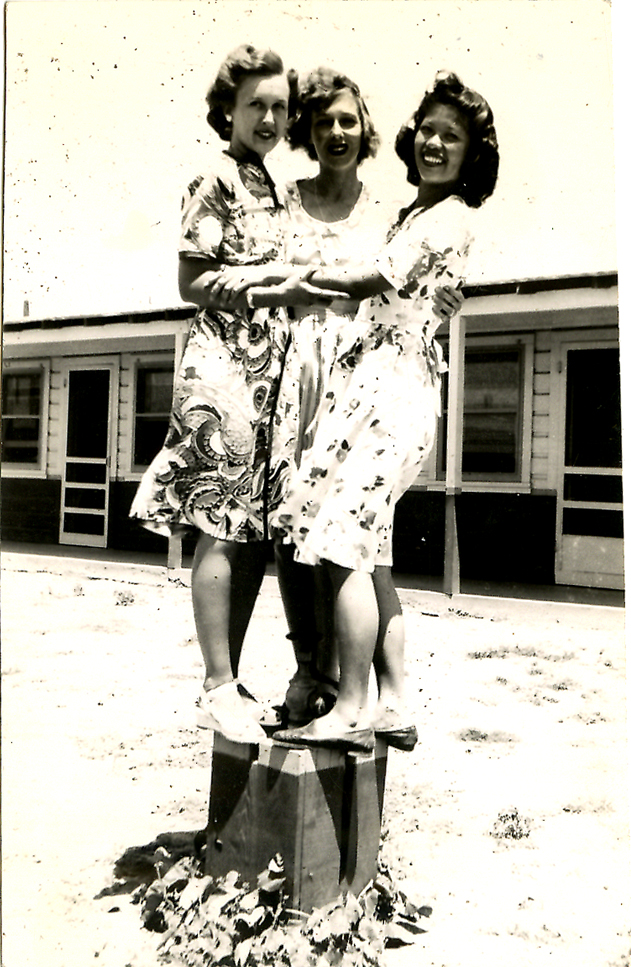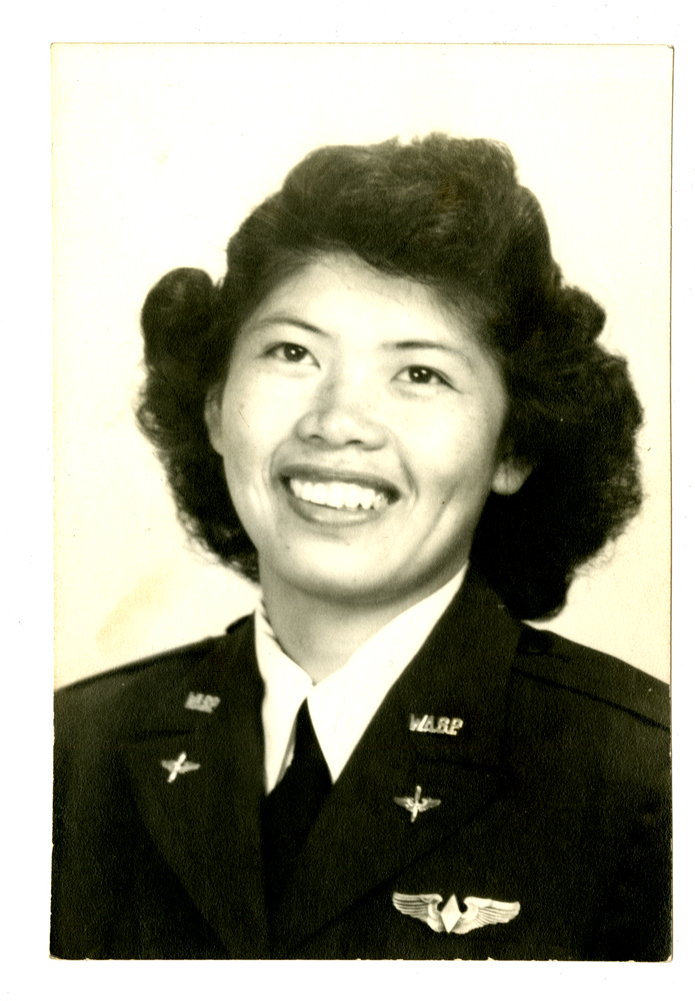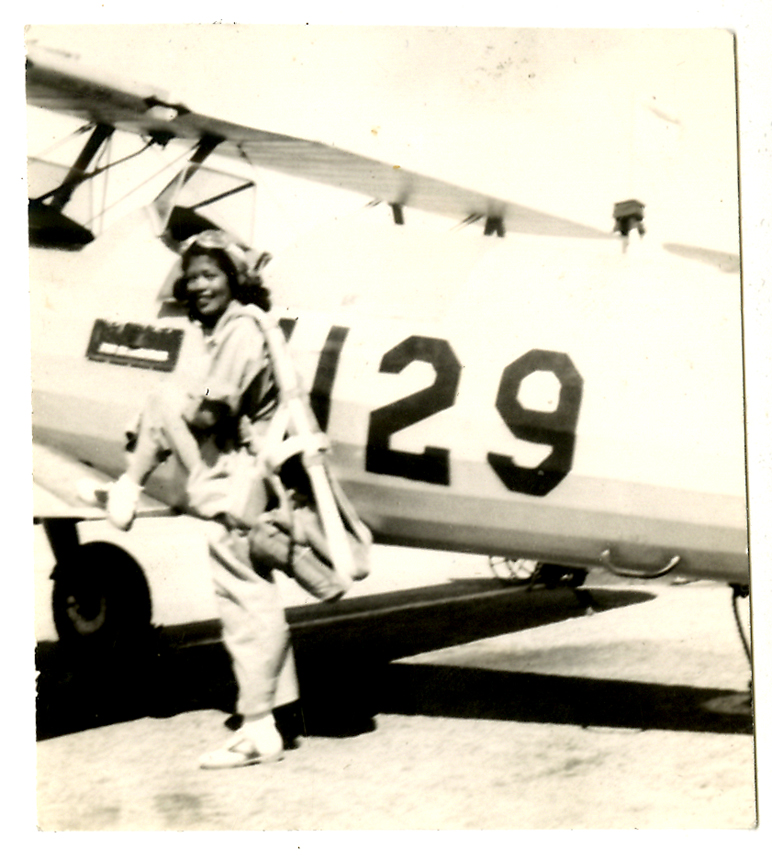Maggie Gee (1923-2013) spent countless Saturdays in the 1920s and ‘30s of her childhood driving out to Oakland airfield with her family to watch the planes fly. Back then, people marveled at flight and aviators were heroes of the time. Gee herself idolized the daring Amelia Earhart, but flight training was expensive and she never thought she would actually be able to follow in her idol’s footsteps. However, war broke out when she was eighteen, and the shortage of manpower it created enabled her to fulfill her dream while serving her country. Like many Americans, Gee’s family wanted to do their part. Her brothers enlisted, her mom built “liberty ships,” and Gee put her university studies on hold to work as a draftsman at Mare Island Naval Shipyard. Of the 100 draftsmen employed in her section, only three were women. She quickly bonded with her female coworkers, who turned out to share her love of Amelia Earhart, and when they learned that the newly formed Women’s Airforce Service Pilots (WASP) program was looking to recruit, the three decided to apply together. After saving their earnings for more than a year, Gee and her friends purchased an old car they learned to drive along the way to flight school in Sweetwater, Texas. After a few flight lessons, Gee applied to the WASP training program at Avenger Field, Texas and became one of 1,074 (out of 25,000 applicants) to pass and be accepted into the highly selective program. She was one of only two Chinese American women, alongside Hazel Ying Lee.

Maggie Gee and fellow WASP trainees at Avenger Field Barracks in Sweetwater, Texas. Courtesy of Marissa Moss, in Memory of Maggie Gee, Museum of Chinese in America (MOCA) Collection.
To avoid the controversy of placing women in active combat, the WASP program was classified as civilian, however, Gee and fellow pilots nevertheless flew dangerous critical missions and thirty-eight WASP pilots lost their lives over the course of service. To free up male pilots for deployment, they performed vital functions such as safety testing new planes coming off assembly lines, transporting planes from factories to airbases, training male pilots, towing targets for live anti-aircraft gun practice, and copiloting fighter planes in mock air battles. Due to pressure from returning male pilots, the WASP program was disbanded at the end of 1944, ending Gee’s brief but impactful flying career. Gee returned to Berkeley to complete her degree in physics and mathematics, and upon graduation, worked as a research physicist at Lawrence Livermore National Laboratory for the next thirty years. It was not until 1977, after years of struggle, that Gee and fellow WASPs were granted military status, finally making them eligible for veteran benefits and the full honors of a military funeral.

